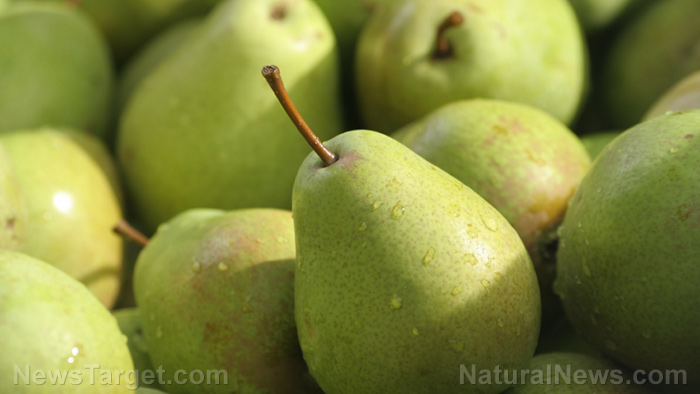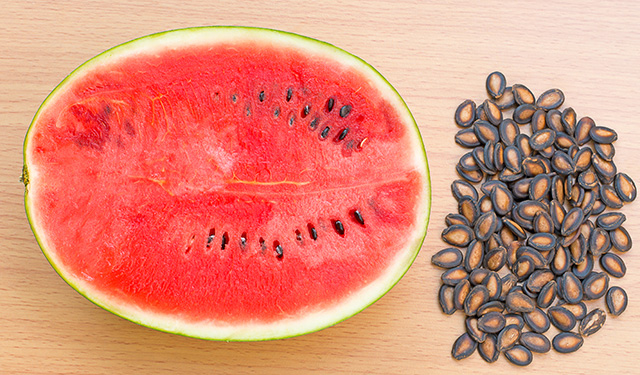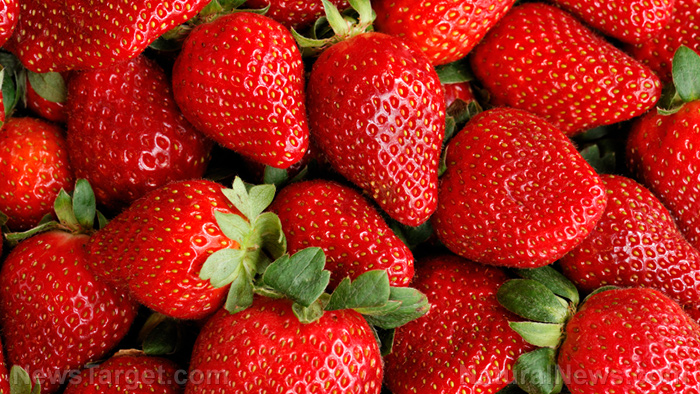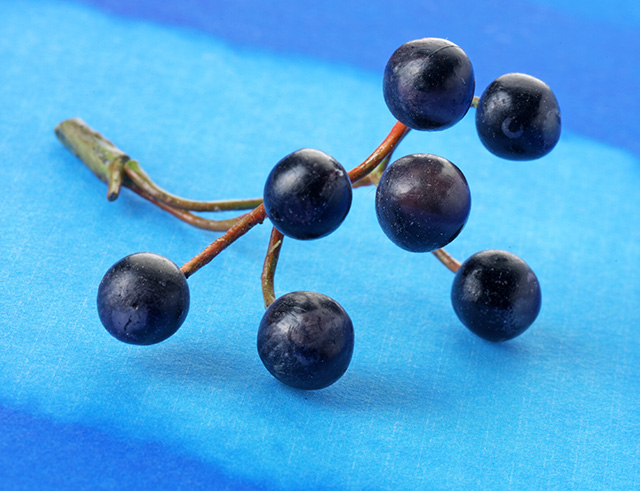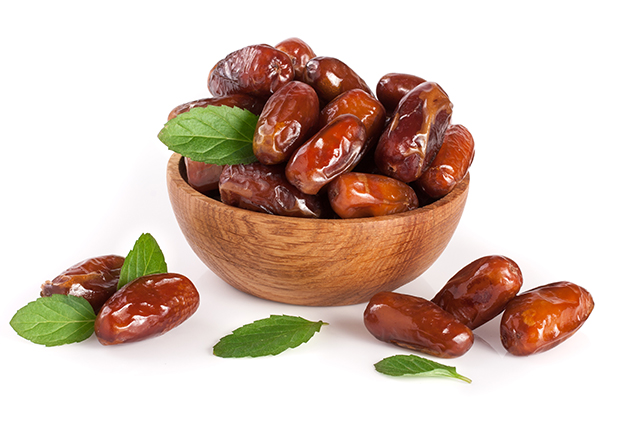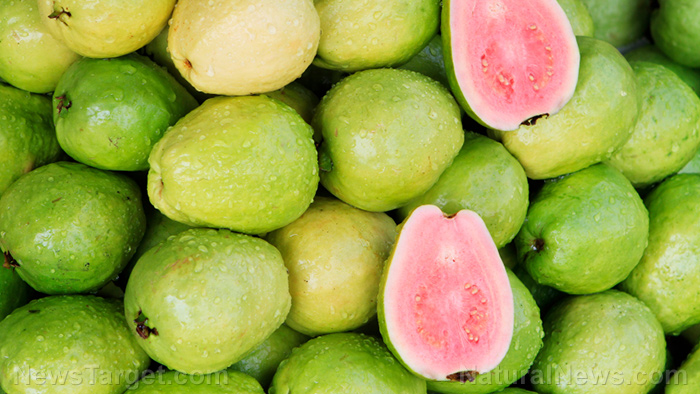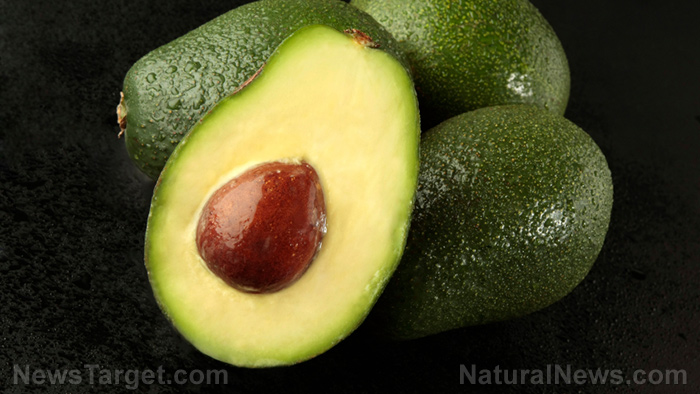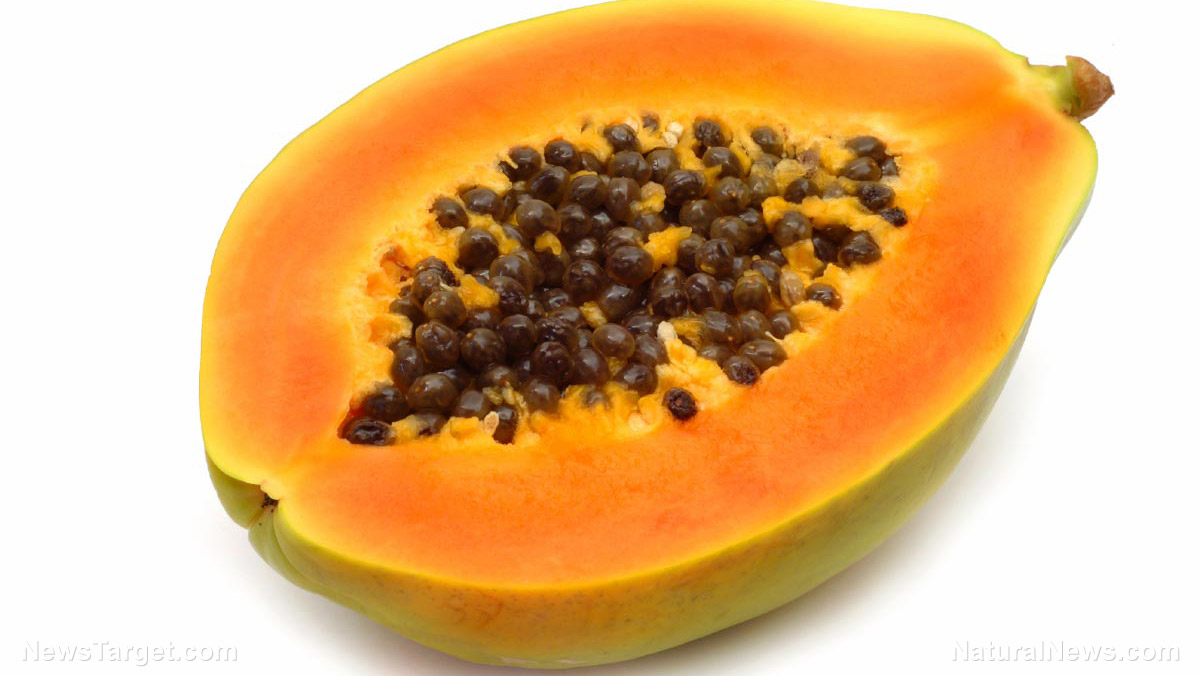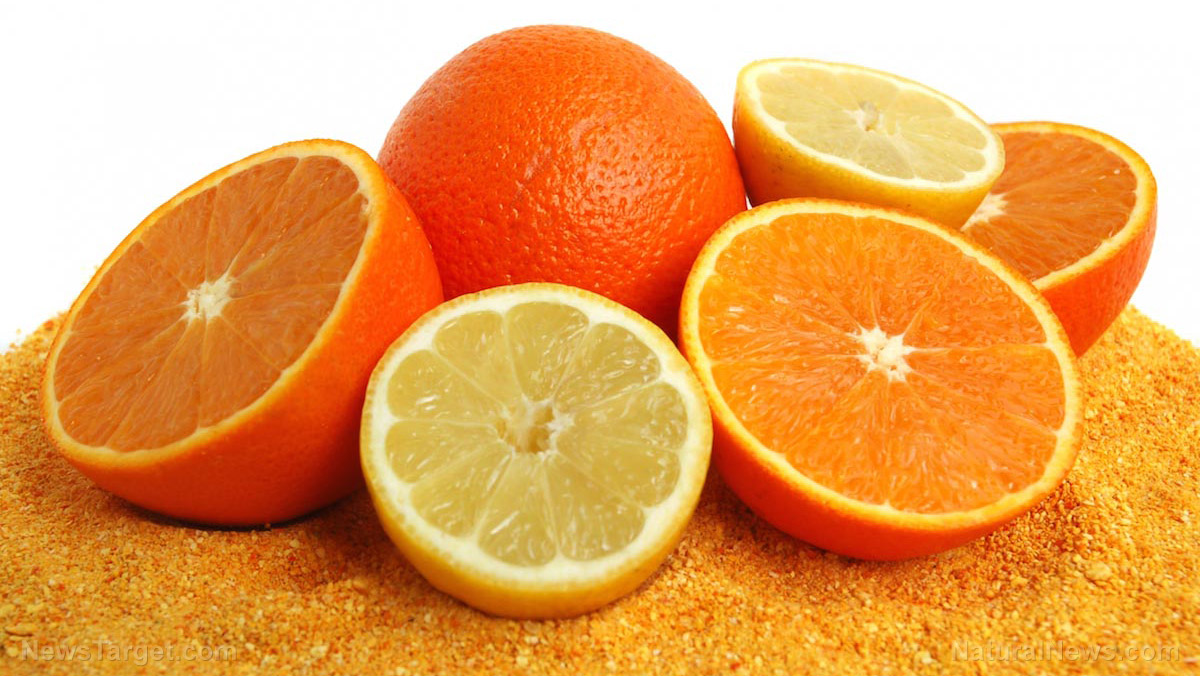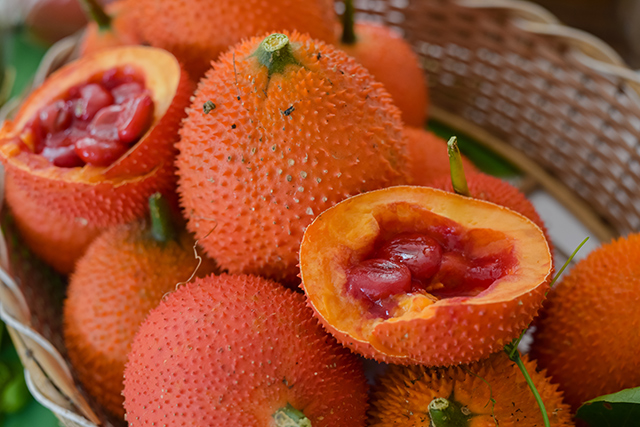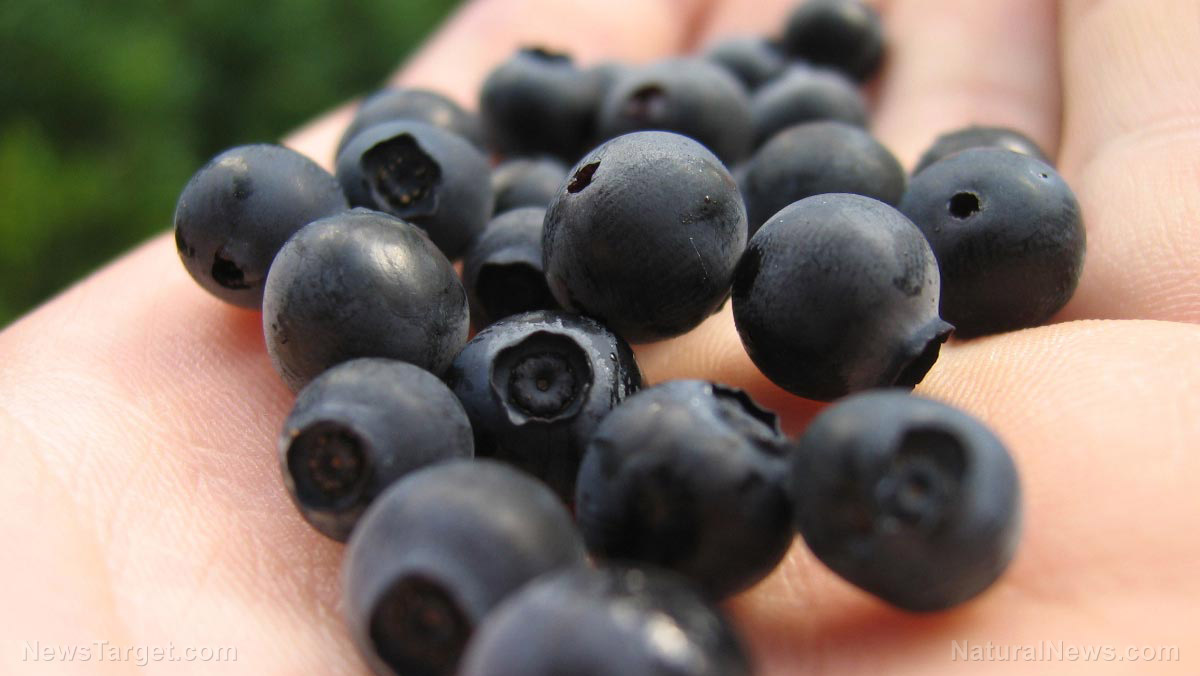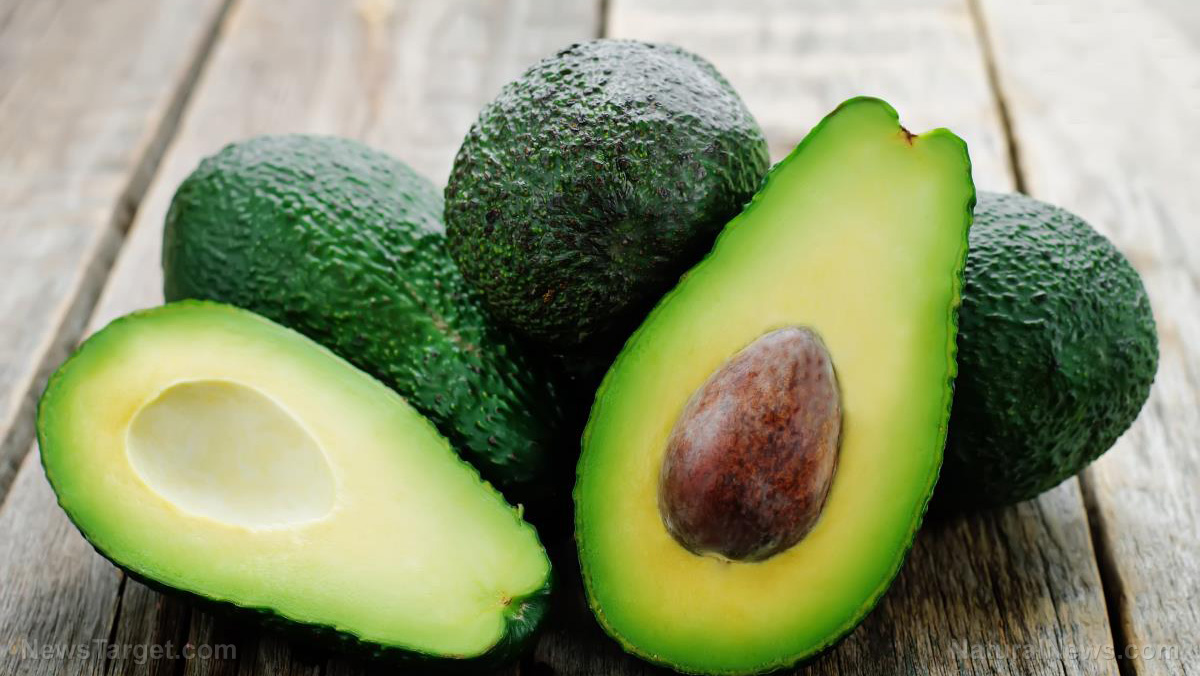The extract of the quince seeds proven to keep your skin healthy
07/26/2018 / By Ralph Flores
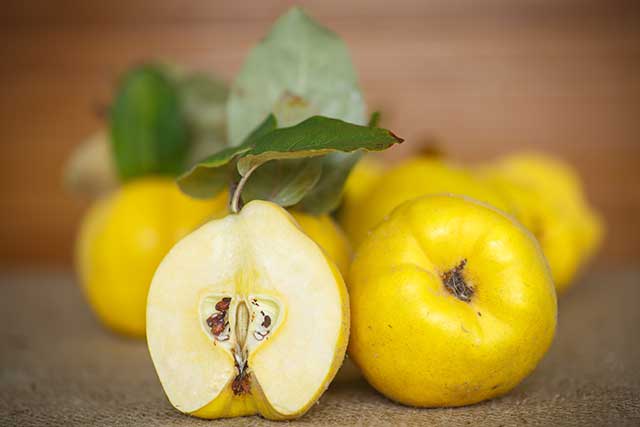
Atopic dermatitis is an inflammatory skin condition that affects more than 18 million adults in the U.S. alone. Researchers from Shinshu University in Japan recently demonstrated the potential of the quince plant (Cydonia oblonga Miller) in preventing and treating keratinocyte-associated skin inflammations in atopic dermatitis using human keratinocyte cell line HaCaT and mouse models.
Quince, in particular, its seeds, have been used primarily as a cosmetic agent, thanks to its ability to heal incised wounds, prevent skin toxicity, and improve the creation of connective tissue. However, there is little evidence that discusses the effects of quince seed extracts on skin keratinocytes, which are the main cell types of the outer skin (epidermis), as well as its effects on the side effects of atopic dermatitis on the skin.
“In the present study, we aimed to evaluate whether quince seeds have a suppressive effect on the incidence and development of allergic inflammation in the skin,” the researchers wrote in their report. “For this purpose, an AD [atopic dermatitis] model mouse and a human keratinocyte cell line were used.”
Researchers looked at how the ethanolic extract of quince seeds (QSEtE) could affect NC/Nga mice with atopic dermatitis. The mice were randomly assigned into three groups: the ethanol-treated group (vehicle control cells), 0.1 percent QSEtE solution group, and 1 percent QSEtE solution group. To induce lesions similar to atopic dermatitis, the team applied an ointment which contained extract of house dust mites (Dermatophagoides farinae) to their upper dorsal skin and the back of the ears. During the experiment, which ran for 28 days, toxicity-related markers were monitored in all groups; afterward, the ear and dorsal skin were harvested for tissue and gene expression analyses, respectively.
From their findings, researchers found that treating skin lesions with QSEtE improved dermatitis symptoms caused by dust mites, including mast cell infiltration and serum IgE levels.
“In addition, we showed that TARC [thymus- and activation-regulated chemokine] expression decreased in skin lesions in mice, and in in vitro cultures of HaCaT cells,” they added.
The researchers concluded that quince seed extracts could be used to treat skin lesions, in particular, those caused by exposure to dust mites. QSEtE, in particular, could be used to protect the skin from allergen-induced inflammation in the onset and development of atopic dermatitis. (Related: Your water could be causing your eczema: Hard water found to damage the protective barrier on skin.)
Other benefits of the quince fruit
Quinces come from the Rosaceae family, which also includes apples and pears. It may not be as popular in the U.S. as its relatives, but it has been regarded as a symbol of fertility in ancient Greece, thanks to its fruits being beneficial for fetal development. In some countries in Europe, it’s also used to improve digestive health. Plus, it’s a low-calorie fruit that’s rich in fiber.
Here are other benefits found in the quince fruit:
- Relieves an upset stomach. Boiled or grilled quince can be beneficial for an upset stomach. The fruit is also a natural diuretic, which stimulates the gastrointestinal tract, making the organs run smoothly.
- Regulates blood pressure. Quince contains potassium, which helps maintain blood pressure in liquid distribution along the body. Potassium, in particular, helps relax the arteries which reduce the risk of coronary heart disease, heart attacks, and stroke.
- Excellent source of antioxidants. The flavonoid and phytonutrients found in the quince fruit can help fight free radical damage, which prevents the onset of various diseases.
- Contains anti-inflammation properties. Quince fruits are rich in vitamin C, which boosts immunity and prevents chronic inflammation.
Quinces can be tough if eaten raw, but it’s an excellent alternative for apples in baking, or just poach it to soften the texture.
Learn about more plants that can cure atopic dermatitis at Herbs.news.
Sources include:
Tagged Under: atopic dermatitis, dermatitis, fruit, natural cures, natural health, natural medicine, natural remedies, nutrients, Quince, skin allergy



